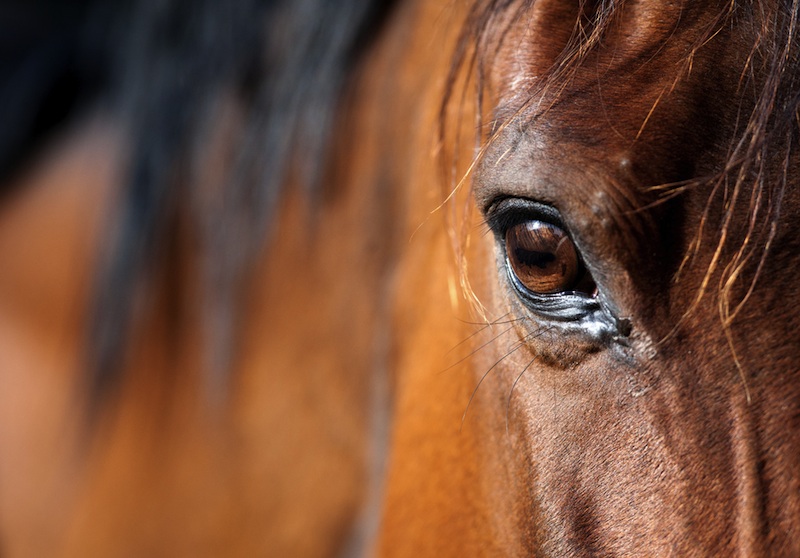Why are Broken Bones Lethal to Horses?

After a four-race winning streak, Eight Belles galloped past the Kentucky Derby's finish line to snag second place. The glory was shattered as the racehorse collapsed on the track. She had broken bones in both front ankles — a lethal injury for a horse.
Unlike us, couch-potato life is not an option for horses like Eight Belles. Immobility can cut off vital circulation within a horse's body, leading to a cascade of health compromises. "When [Eight Belles] switched leads to her right front, apparently she landed awkwardly under fatigue, and that was the initiating problem," said equine veterinarian Celeste Kunz, a spokesperson for the American Association of Equine Practitioners.
Kunz is referring to the rhythm of a horse's gallop: First the right hind-hoof hits the ground, followed by the left hind-hoof, then the left fore-hoof and right fore-hoof. The right front leg in this instance is the "lead," and after this hoof touches down there is a moment when the horse is suspended with all four legs in the air.
The injury to the right leg caused the horse to transfer more weight to the left leg, which was overload for the left leg bones.
Horses can tip the scales at more than 1,000 pounds (450 kilograms). They can carry up to 70 percent of that weight on their two front limbs, according to John Hermanson, a zoologist who studies horses at Cornell University in New York.
Eight Belles' shattered ankles were ill-equipped to support her standing weight. So the horse couldn't walk. Every step a horse takes keeps blood pumping from their legs back up to the heart and back again.
"A horse's hoof is designed like a passive mechanical pump," Hermanson told LiveScience. "Every time they take a step, it provides a little assist in driving blood back to the heart."
Get the world’s most fascinating discoveries delivered straight to your inbox.
That's why horses are rarely caught lounging, with their naps lasting seconds to minutes.
"We have reports of horses standing up for twenty-four hours a day," Hermanson said. "Unlike us, they can sleep on their feet."
Another injury that can ground a horse, and often lead to death, is so-called laminitis. This happens when the horse's hoof tissue called the lamina separates from the end of its leg limb.
Hermanson describes the pain from such laminitis as comparable to a human ripping a fingernail off with a wrench. "When you have a horse with laminitis, you're dealing with that magnitude of pain." That leads to myriad health issues, one of which is the inability to stand up.
Follow Life's Little Mysteries on Twitter @llmysteries. We're also on Facebook & Google+.




